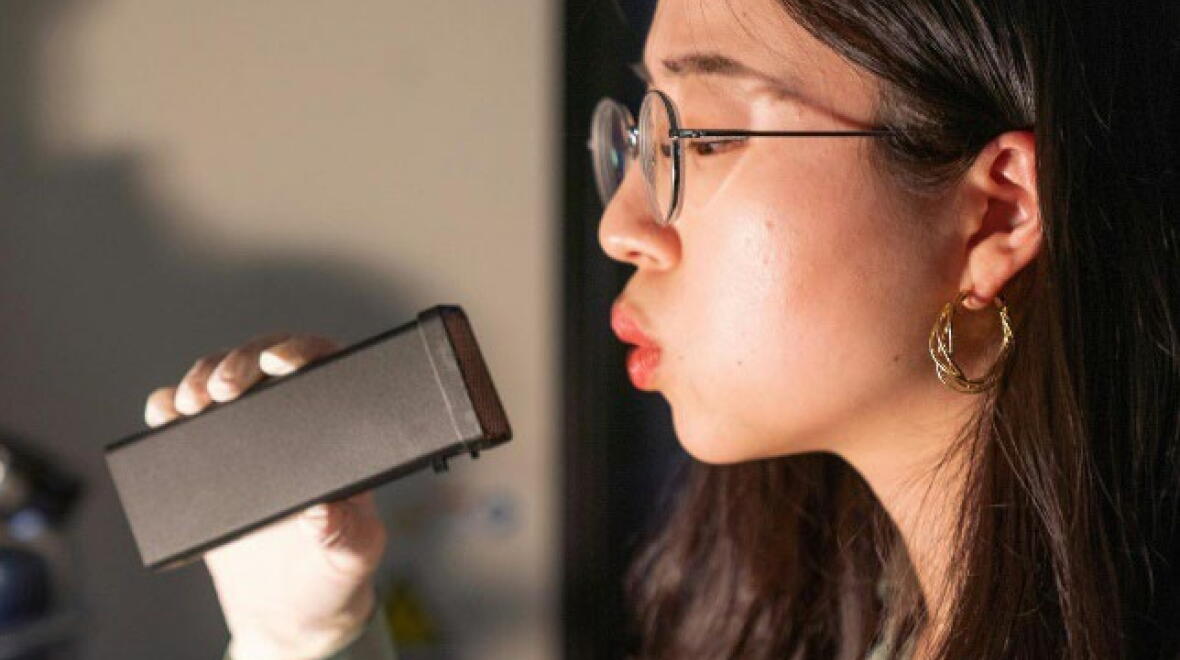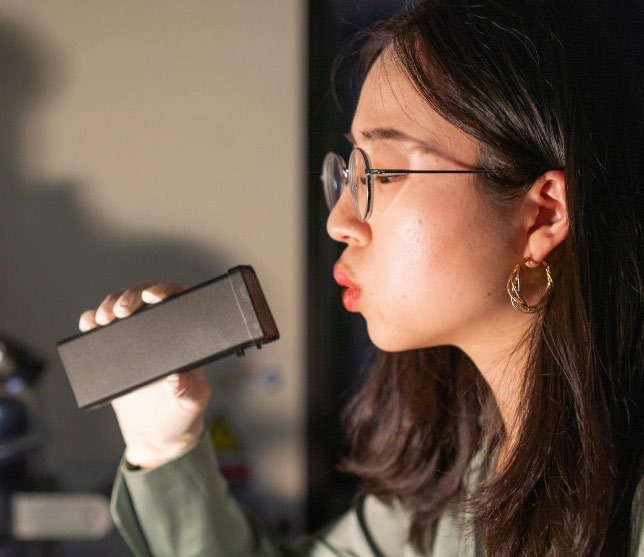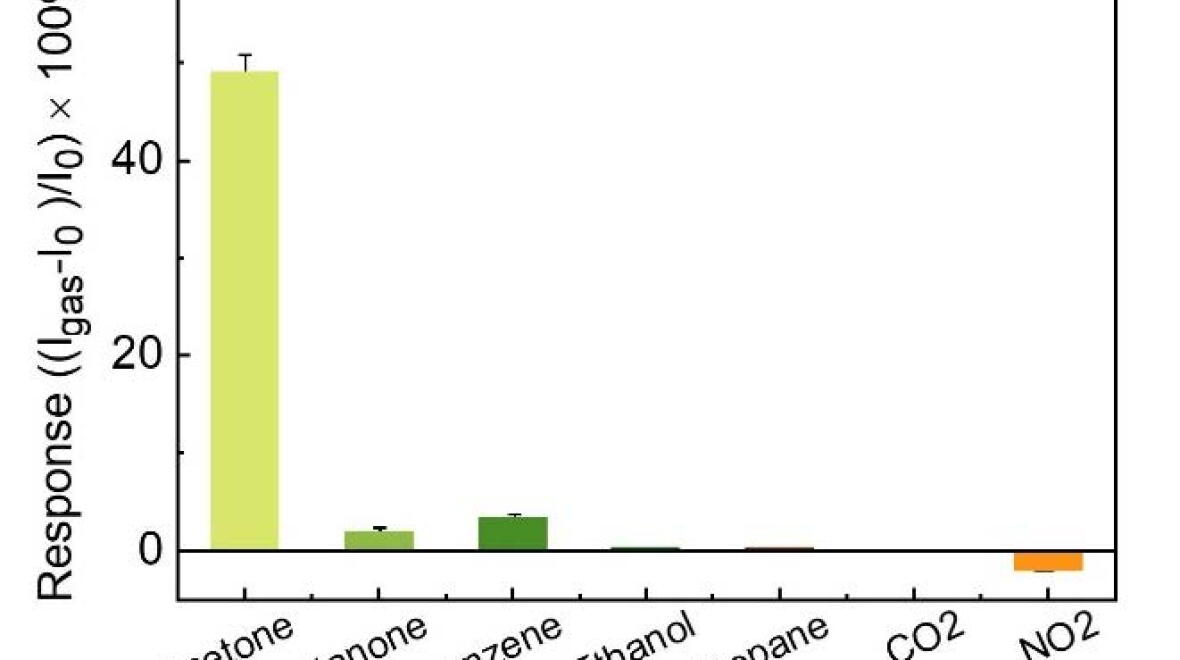Handheld point-of-care breath ketone sensor for diabetes monitoring

Impact Focus areas
Research area
Diabetic ketoacidosis (DKA) is the most common hyperglycaemic emergency and causes the greatest risk of death in patients with diabetes mellitus. The complication occurs due to high ketone content in the patient’s blood leading to rise in acidity of the blood. A subset of DKA called Euglycemic DKA further complicates diagnosis, as in some cases blood glucose concentration is relatively low, causing delay in diagnosis and increasing risk. Studies estimate that in children and adolescents with type 1 diabetes, DKA is the most common cause of death, responsible for about 50% of the deaths in patients with diabetes under the age of 24 years. While blood ketone sensors are able to measure ketone concentration accurately, their invasive nature (pricking for blood) creates a demand for a non-invasive sensor, especially useful in critical situations where high frequency of testing is required.
Technology (TT2022-011)
Researchers at ANU have developed a highly sensitive sensor containing functionalised nanowires that detects acetone in fluids as low as a few parts per billion. The sensor can be deployed either in a breath based “ketowhistle” device to detect acetone from breath, or on smart watches or as a second sensor on continuous glucose measuring devices for detection of acetone through skin. Studies prove there is high correlation between acetone in breath and sweat with beta-hydroxybutyrate (BHB) in blood, which is the the traditional biomarker for blood-based ketone monitoring. Competitive advantage over other breath ketone sensors includes highly accurate detection of acetone amongst other gases such as CO2, H2O (up to 80%) typically found in breath.
Potential benefits
- Non-invasive: No need for pricking the fingers of patients. Especially useful for small children with Type 1 diabetes.
- Easy to administer: Simple breath or skin-based testing, easily administered by the carer of the child.
- Frequent Monitoring: No
Potential applications
- Diabetic Ketoacidosis (DKA)
- Type 1 Diabetes
- Type 2 Diabetes
- Ketone monitoring for weight loss
Opportunity
ANU is seeking feedback on the technology and opportunities to partner with manufacturers of continuous glucose monitoring and other wearable smart IoT devices to integrate the sensor in existing products.
IP status
The IP is owned by The Australian National University and a provisional patent has been filed.
Key research team
- Lan Fu, Professor, Research School of Physics
- Shiyu Wei, Research School of Physics
- Buddini Karawdeniya, Research School of Physics
Contacts




